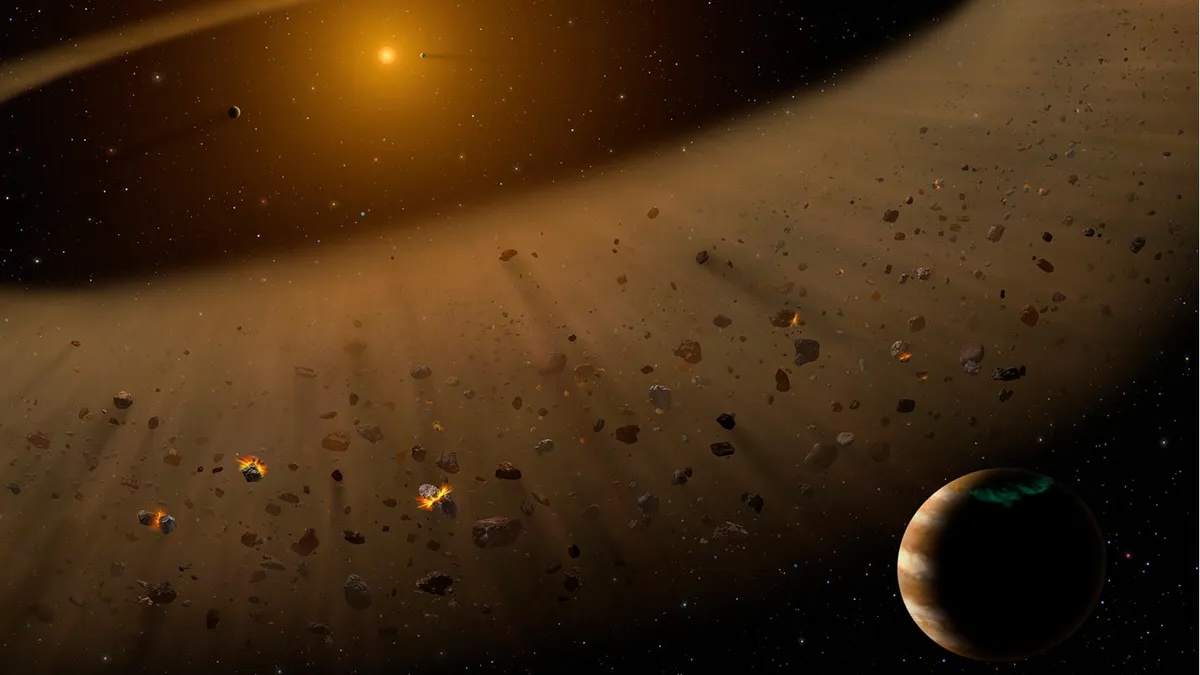Molecules, Vol. 28, Pages 5031: Removal of Heavy Metal Ions from Aqueous Solution Using Biotransformed Lignite
Molecules doi: 10.3390/molecules28135031
Authors: Jianguo Cheng Shanfei Zhang Chen Fang Litong Ma Jianguo Duan Xu Fang Rihong Li
Heavy metal pollution caused by industrial wastewater such as mining and metallurgical wastewater is a major global concern. Therefore, this study used modified lignite as a low-cost adsorbent for heavy metal ions. Pingzhuang lignite was dissolved and modified using Fusarium lignite B3 to prepare a biotransformed-lignite adsorbent (BLA). The O, H, and N contents of the BLA increased after transformation, and the specific surface area increased from 1.81 to 5.66 m2·g−1. Various adsorption properties were investigated using an aqueous solution of Cu(Ⅱ). The kinetic and isothermal data were well-fitted by pseudo-second-order and Langmuir models, respectively. The Langmuir model showed that the theoretical Cu(II) adsorption capacity was 71.47 mg·g−1. Moreover, large particles and a neutral pH were favorable for the adsorption of heavy metal ions. The adsorption capacities of raw lignite and BLA were compared for various ions. Microbial transformation greatly improved the adsorption capacity, and the BLA had good adsorption and passivation effects with Cu(II), Mn(II), Cd(II), and Hg(II). Investigation of the structural properties showed that the porosity and specific surface area increased after biotransformation, and there were more active groups such as –COOH, Ar–OH, and R–OH, which were involved in the adsorption performance.

 1 year ago
28
1 year ago
28

